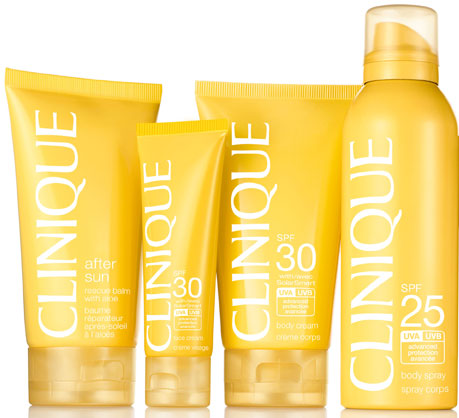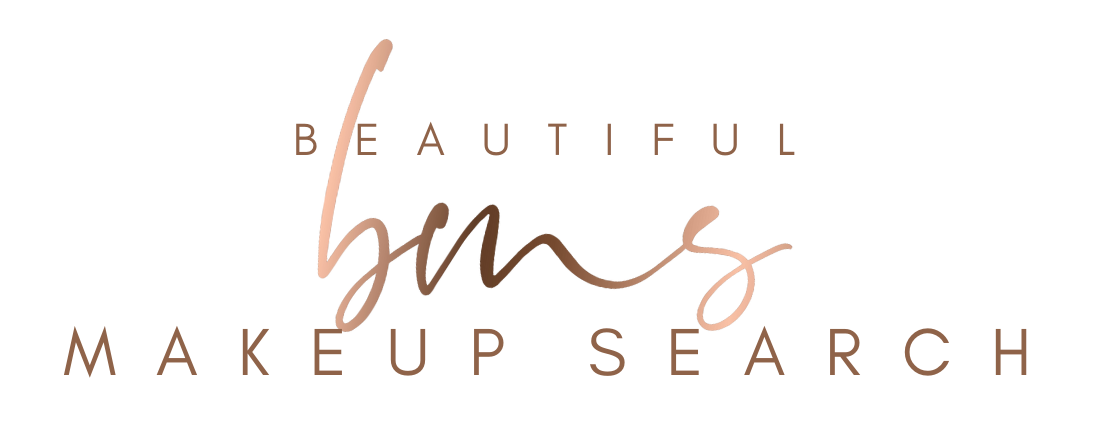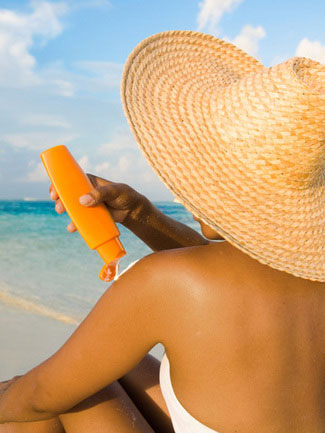Clinique Keeps You Protected from the Sun.
/
With so many sunscreen options to choose from, it is easy to get confused. I have a few go to sunscreens that I consistently use throughout the season, and I will say that Clinique has the largest selection of sunscreen products that I use. Not only is the selection large, I am very impressed with the different types that can suit anyone while offering stellar sun protection with their Solar Smart technology.
The Clinique Sun with Solar Smart collection offers advanced protection against harmful UVA and UVB rays while helping repair post-sun damage. Just in case you were not aware, but about 80% of the skin changes that we perceive as "aging" is actually due to sun exposure. I cannot emphasise this enough, and please learn from my earlier in life mistakes of not applying sunscreen daily, sunscreen needs to be applied daily, each and every day. If you are doing anything outdoors, it will need to be applied more often. Sunscreen with an SPF of at least 30 needs to be applied at least every two hours when doing outdoor activities, and about 30 minutes before heading out. Whether the sun is shining brightly or not, both UVA and UVB rays are "attacking" the skin, so sunscreen needs to become a part of your daily skin care routine. A very important part of the skin care routine, I must add.

Check out the entire line:
Clinique Sun SPF 30 Face Cream $17.50
Clinique Sun SPF 50 Face Cream $17.50
Clinique Sun SPF 15 Face/Body Cream $20.00
Clinique Sun SPF 25 Body Spray $20.00
Clinique Sun SPF 30 Body Cream $20.00
Clinique Sun SPF 50 Body Cream $20.00
Clinique Sun SPF 45 Targeted Protection Stick $17.50
After-Sun Rescue Balm with Aloe $20.00
All of the products are designed to fit any individual's lifestyle and preference. The non-greasy formulas are oil-free, water and sweat resistant, non-pore clogging, and appropriate for those of us with sensitive skin. I can attest to all of those claims, as I have just started to













